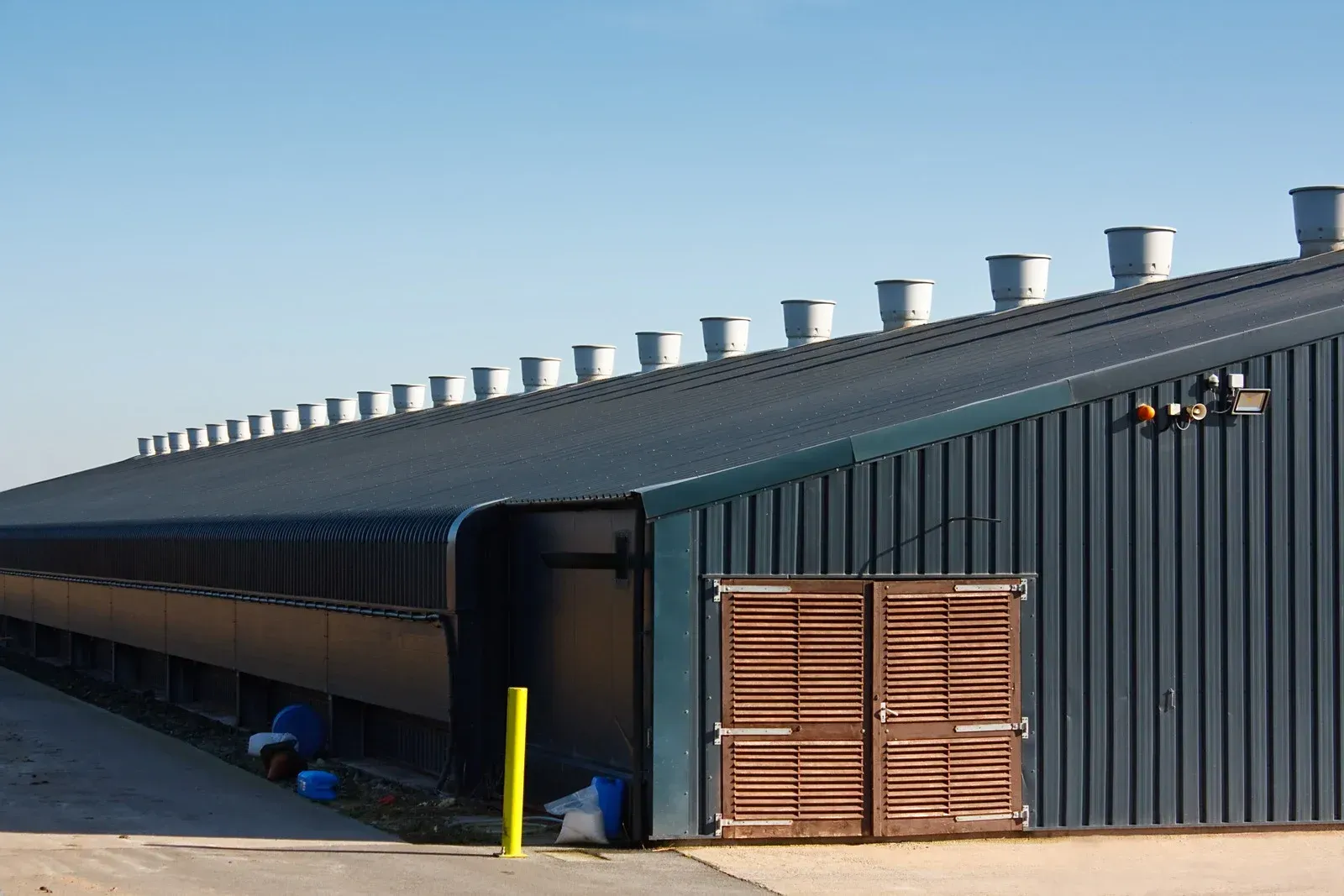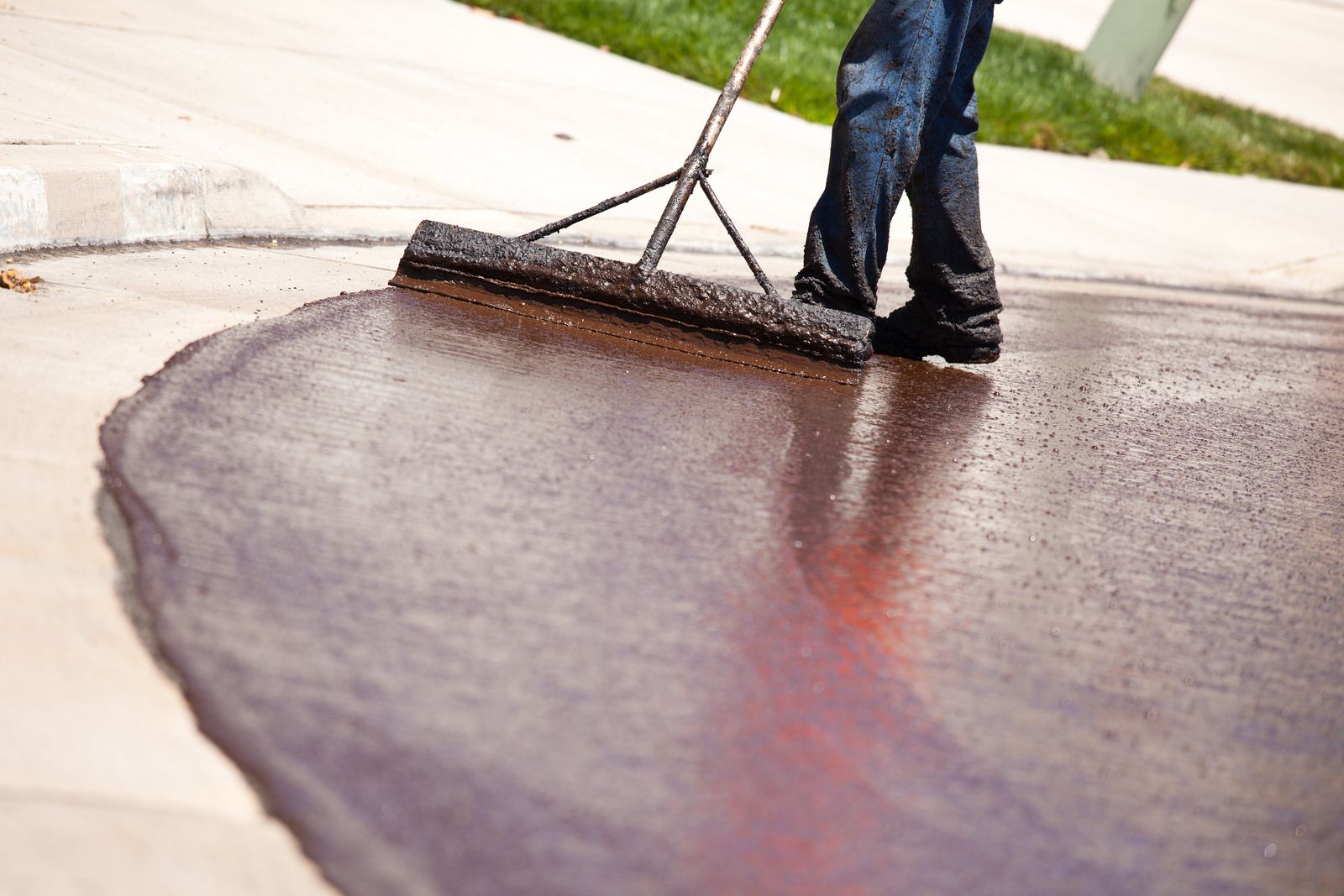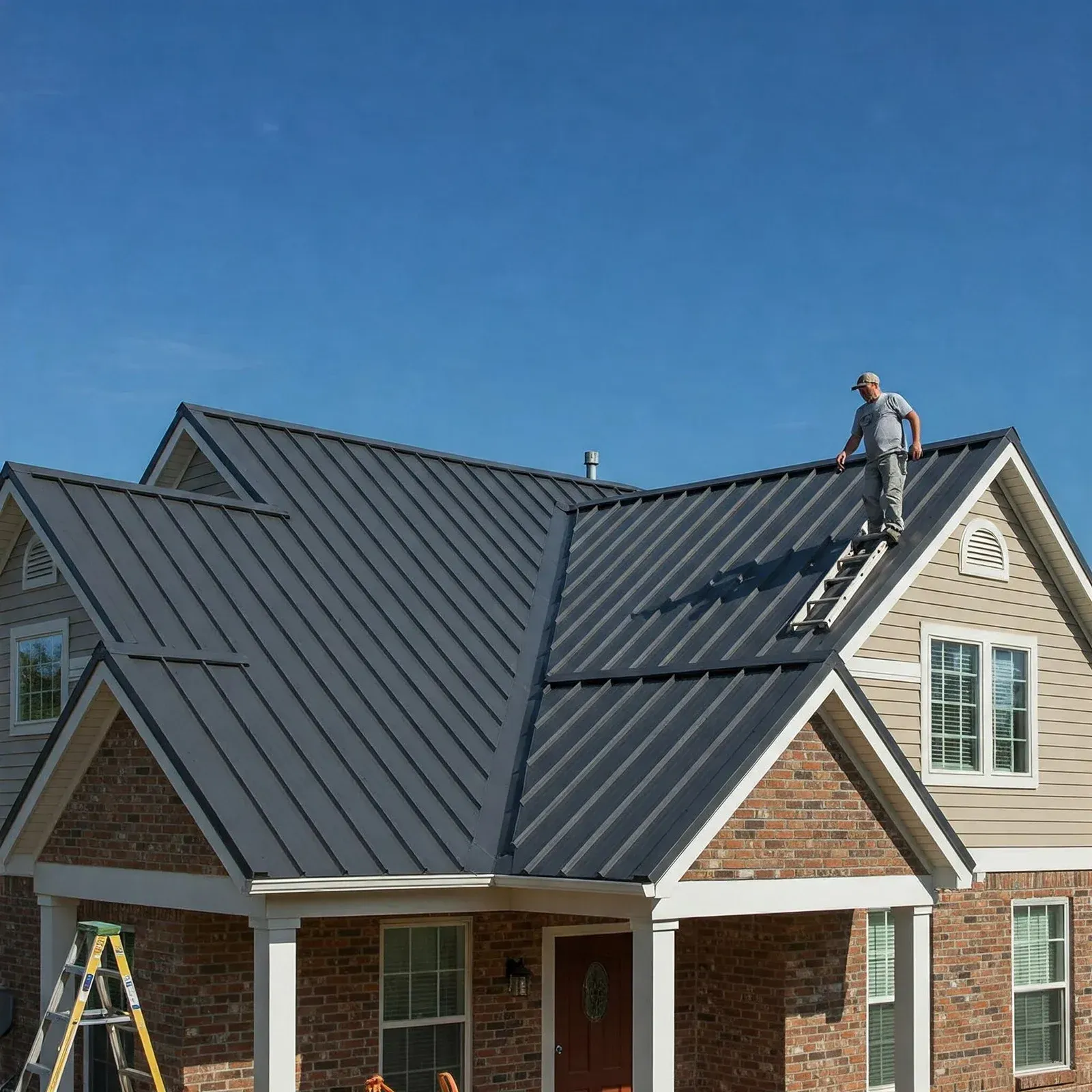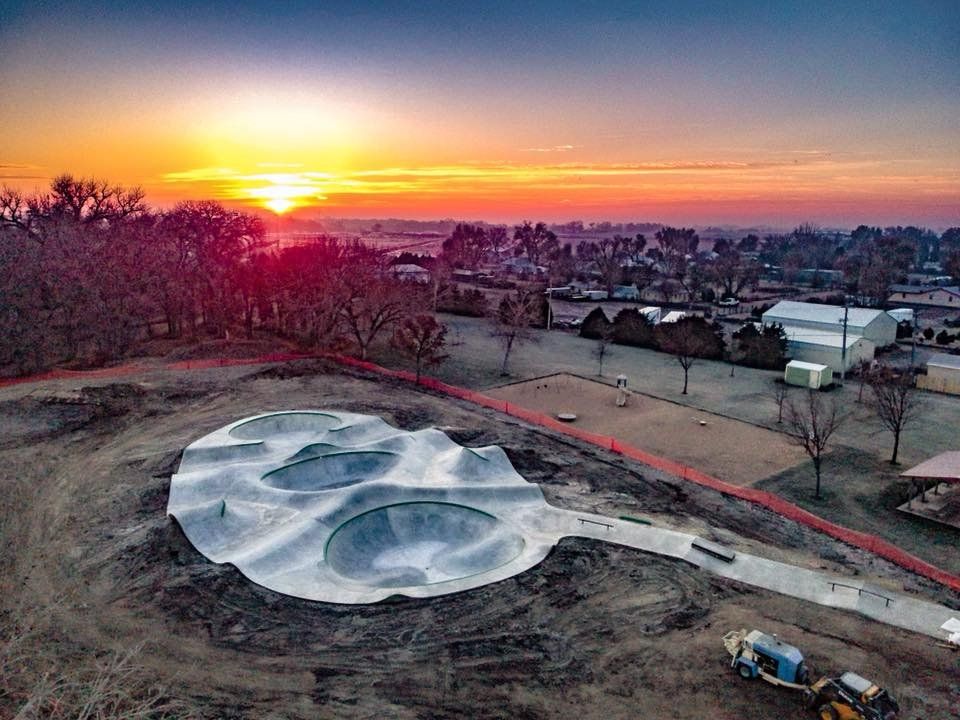How To Spot Early Signs of Asphalt Damage Before It Becomes a Nightmare
Asphalt surfaces are strong and reliable, but over time, weather, weight, and natural wear can slowly break them down. Cracks, discoloration, and small holes may not seem serious at first, yet they often signal the start of bigger problems ahead. Ignoring these signs can lead to expensive repairs, unsafe surfaces, and a complete loss of curb appeal.
By learning how to identify early damage, homeowners and property managers can take quick action to protect their investment. Recognizing warning signs early not only saves money but also extends the life of the surface, keeping your driveway or parking area in excellent condition year-round.
Look Closely For Small Cracks
Cracks are often the first visible sign of trouble in asphalt surfaces. Tiny fractures may appear harmless, but they allow water to seep beneath the surface, weakening the base and leading to more severe structural problems. Once water freezes and expands during colder months, these small cracks widen and create larger openings. Regular inspections help spot these flaws early so minor sealing or patching can prevent major repairs later.
Watch For Pooling Water After Rain
Standing water on asphalt surfaces suggests poor drainage or hidden depressions that require attention. When water remains on the surface instead of draining away, it gradually softens the material underneath, creating weak spots.
Over time, these areas may sink or crumble, leaving potholes that damage vehicles and pose safety risks. Proper grading and timely maintenance keep water flowing away and protect the surface from future erosion.
Notice Fading And Discoloration
A fresh asphalt surface appears dark and rich, but sunlight, oil, and chemical exposure gradually cause fading. When the surface starts looking dull, gray, or uneven in color, the protective layer that seals out moisture has likely weakened.
Applying a professional sealcoat can restore protection and prevent further damage caused by oxidation and UV rays. Early attention ensures the asphalt maintains both its strength and its visual appeal.
Keep An Eye Out For Uneven Areas
Slight dips, bumps, or waves on asphalt may seem cosmetic, but they usually point to deeper problems below the surface. Shifting soil, poor compaction, or trapped moisture can cause uneven settling. If not addressed, these areas can develop cracks or potholes, making the surface unsafe. Scheduling regular maintenance helps detect such issues before they require full resurfacing.
Check For Oil Spots And Stains
Oil leaks from vehicles can weaken asphalt by breaking down its binding materials. Dark spots that remain even after cleaning are signs that oil has penetrated the surface. Treating these areas quickly prevents long-term damage and helps maintain the integrity of the pavement. Routine cleaning and prompt sealing create a stronger barrier against similar problems in the future.
Conclusion
Regular inspection and early repair help prevent small asphalt problems from turning into costly damage. Taking quick action when cracks, stains, or uneven spots appear keeps the surface strong and visually appealing.
For property owners in Denver, Colorado, Colorado Western Construction
is a reliable
asphalt contractor, offering comprehensive repair and maintenance services that protect driveways and parking areas for years to come.




